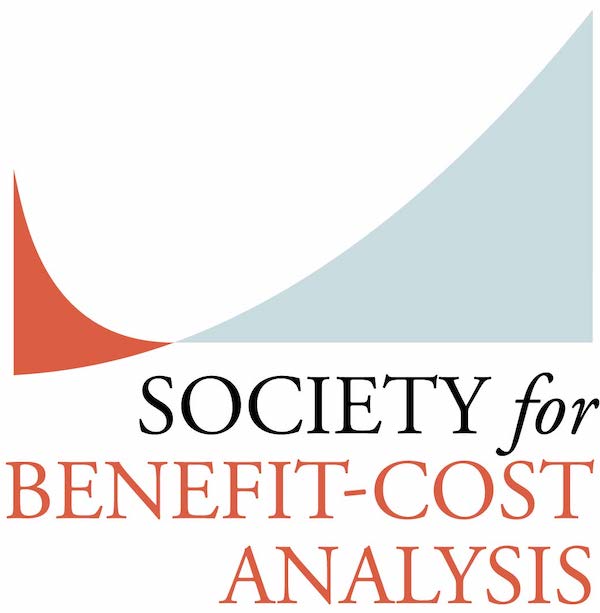On Balance: Ethics and Benefit-Cost Analysis (A Special Issue of the Journal of Benefit-Cost Analysis)
 The views presented in On Balance are those of the authors and do not represent the views of the Society, its Board, or its members.
The views presented in On Balance are those of the authors and do not represent the views of the Society, its Board, or its members.
The idea that decisions should be based on careful evaluation of the positive and negative impacts of alternative policies has enormous appeal, as demonstrated by the extensive use of benefit-cost analysis around the world. However, as conventionally implemented, benefit-cost analysis is based on strong normative assumptions. To measure individual wellbeing, it relies on individuals’ willingness to exchange their own income for the outcomes they themselves experience. To measure societal welfare, it relies on simple aggregation of these values across individuals. Although many alternatives have been proposed, they are not as well-developed nor widely used, and their normative dimensions have not necessarily been thoroughly explored.
To address these concerns, the Brocher Foundation hosted a 2022 Summer Academy, “Healthy, Wealthy, and Wise - The Ethics of Health Valuation,” selected by the Foundation’s Scientific Committee and organized by Lisa Robinson, Nir Eyal, Samia Hurst, and Daniel Wikler. As indicated in the program (which includes links to related readings), participants explored multiple dimensions of several alternatives to the conventional approach. Examples include measures of subjective well-being (“happiness”), equivalent income, and healthy life years, as well as social welfare functions. Variants include those that assign extra weight to benefiting the very young, or the poor, the unhealthy, or the otherwise disadvantaged.

 The
The The views presented in On Balance are those of the authors and do not represent the views of the Society, its Board, or its members.
The views presented in On Balance are those of the authors and do not represent the views of the Society, its Board, or its members. The views presented in On Balance are those of the authors and do not represent the views of the Society, its Board, or its members.
The views presented in On Balance are those of the authors and do not represent the views of the Society, its Board, or its members. The views presented in On Balance are those of the authors and do not represent the views of the Society, its Board, or its members.
The views presented in On Balance are those of the authors and do not represent the views of the Society, its Board, or its members.